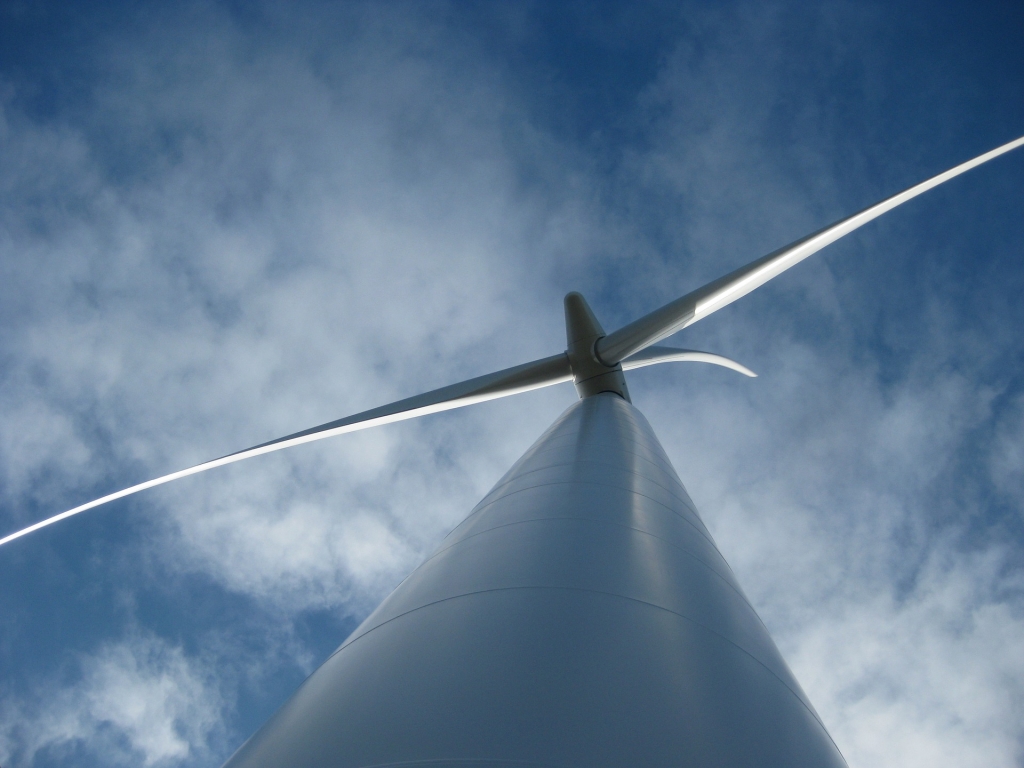TECHNOLOGY | 9 MIN TO READ
From acceleration to pitch angle
How do acceleration and pitch angle interrelate? How can pitch angles be measured effectively and deviations detected? Learn all this in the following post.

Pitch angles play a crucial role in influencing the performance of wind turbines in diverse ways. They refer to the angle at which a rotor blade is aligned. In order to achieve optimal yield, the pitch angles of all three rotor blades of wind turbines should remain consistent. However, due to various factors, pitch angles on a turbine can deviate from each other, leading to what is known as relative pitch angle error.
Reasons for pitch angle deviations
There are different reasons for pitch angle deviations. These can be caused by:
- Error during assembly of the rotor blades or commissioning
- Adjustment error during maintenance work on the pitch system
- Measurement errors in the pitch system
- Aging processes in the pitch system or at the blade bearing
The existence of relative pitch angle errors can result in aerodynamic imbalances, leading to significant repercussions for wind turbines. These imbalances can:
- Subject the turbines to structural strains, reducing their lifespan,
- Trigger damages such as bearing impairments and associated repair costs,
- Lead to substantial yield losses in cases of significant deviations (>1°).
Our persistent and redundant sensor system aid in the early detection of anomalies, preventing potential consequences.

Read more about our eologix:align sensor system to detect pitch angle deviations here.
Identifying pitch angle deviations
For reliable and early detection of pitch angle deviations, our wireless on-blade sensors, redundantly installed, measure rotor blade accelerations (vibrations) in three dimensions. These synchronized measurements are conducted multiple times daily over predefined time intervals (bursts) to capture various operational states. Leveraging specialized algorithms, the recorded accelerations help determine the rotor’s speed and the alignment of the blades with respect to each other. Based on this data, wind turbine operators can swiftly rectify existing pitch angle errors, safeguarding their turbines from costly damages.
Safeguard your turbines and secure the efficacy of your wind energy investments with our dependable sensor system – ensuring safety and efficiency both today and in the future.






